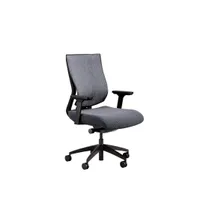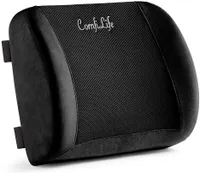Lumbar support explained — why you need it and how to get it on your next office chair
A happy spine needs support from top to bottom
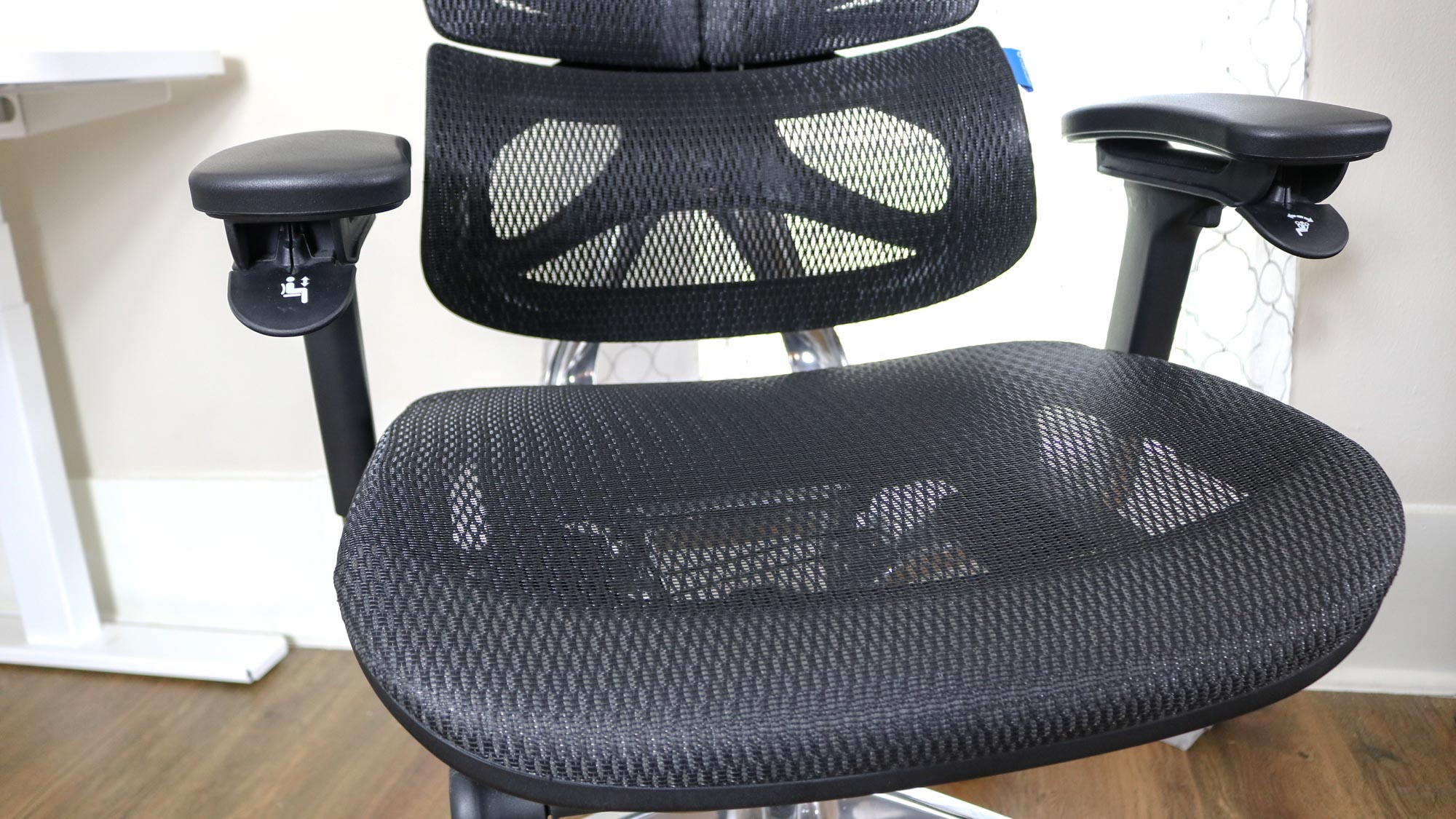
We've spent thousands of hours testing the best office chairs on the market, and one term you'll find scattered throughout our top reviews is "lumbar support."
We often explain how a chair is a better pick if it offers ample lumbar support, so much so that we often note a lack thereof as a con. But what is lumbar support, and what does it do to make your sitting experience so much more pleasant?
In short, lumbar support refers to extra structure built into the lower backrests of chairs to support the five vertebrae in one's lower back, also known as the lumbar region. It's easy to spot when you look at a chair's side profile: it curves forward, arching from the base of the backrest to the middle.
Depending on which chair you're using, you can sometimes even adjust the depth and height of this curve to sit flush with your lower back, which naturally curves slightly forward for shock absorption. When that section of your back is supported properly, it can stop you from sitting in a way that counteracts that forward curve and puts strain on your back.
For a deeper look at what lumbar support does and how to best make use of or implement it into your seating situation, read on.
How does lumbar support help?
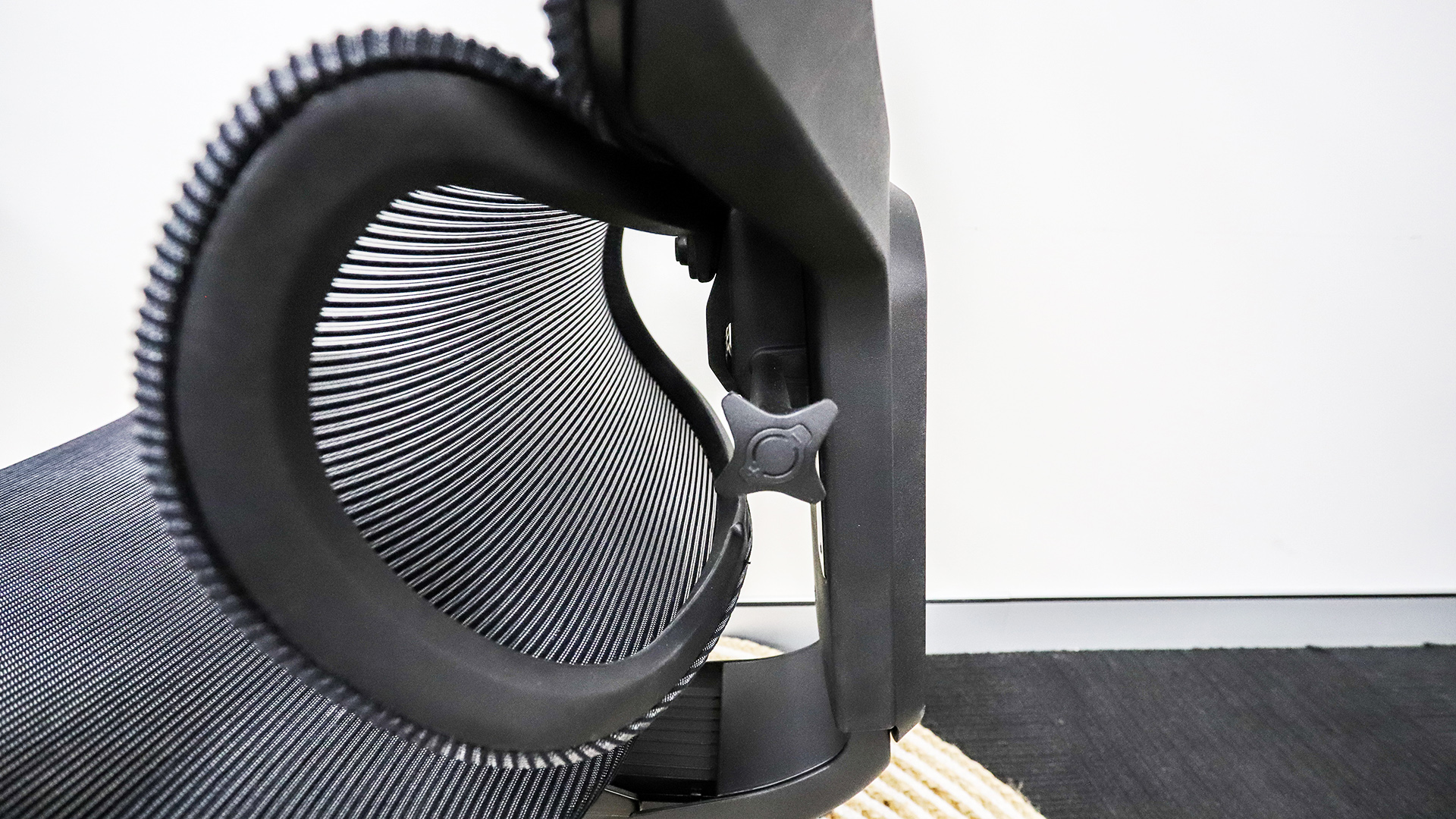
When we sit without lumbar support, especially if we're hunched over a desk or keyboard, our entire back arches, including our lower back. Our spines weren't made to curve this way, which means this posture (or lack thereof) misaligns our vertebrae. This can put load and tension on parts of your back that weren't meant to support tons of weight, and that can lead to back pain and stiffness over time.
When used correctly, lumbar support pushes your lower back forward, which subsequently forces the rest of your torso to sit more upright. This places your spine back in a healthy "S" curve, shifts your weight back over the full stack of your vertebrae, and eliminates points of pressure or tension.
Get instant access to breaking news, the hottest reviews, great deals and helpful tips.
Vari Task Chair: $375 @ Amazon
Nothing beats affordable furniture that performs similarly to its top-shelf competitors. Despite running well below half the price of many other office chairs we've tested, the Vari Task Chair stood out for its comfortable mesh material, adjustability, and ergonomics.
How to tell if a chair has good lumbar support
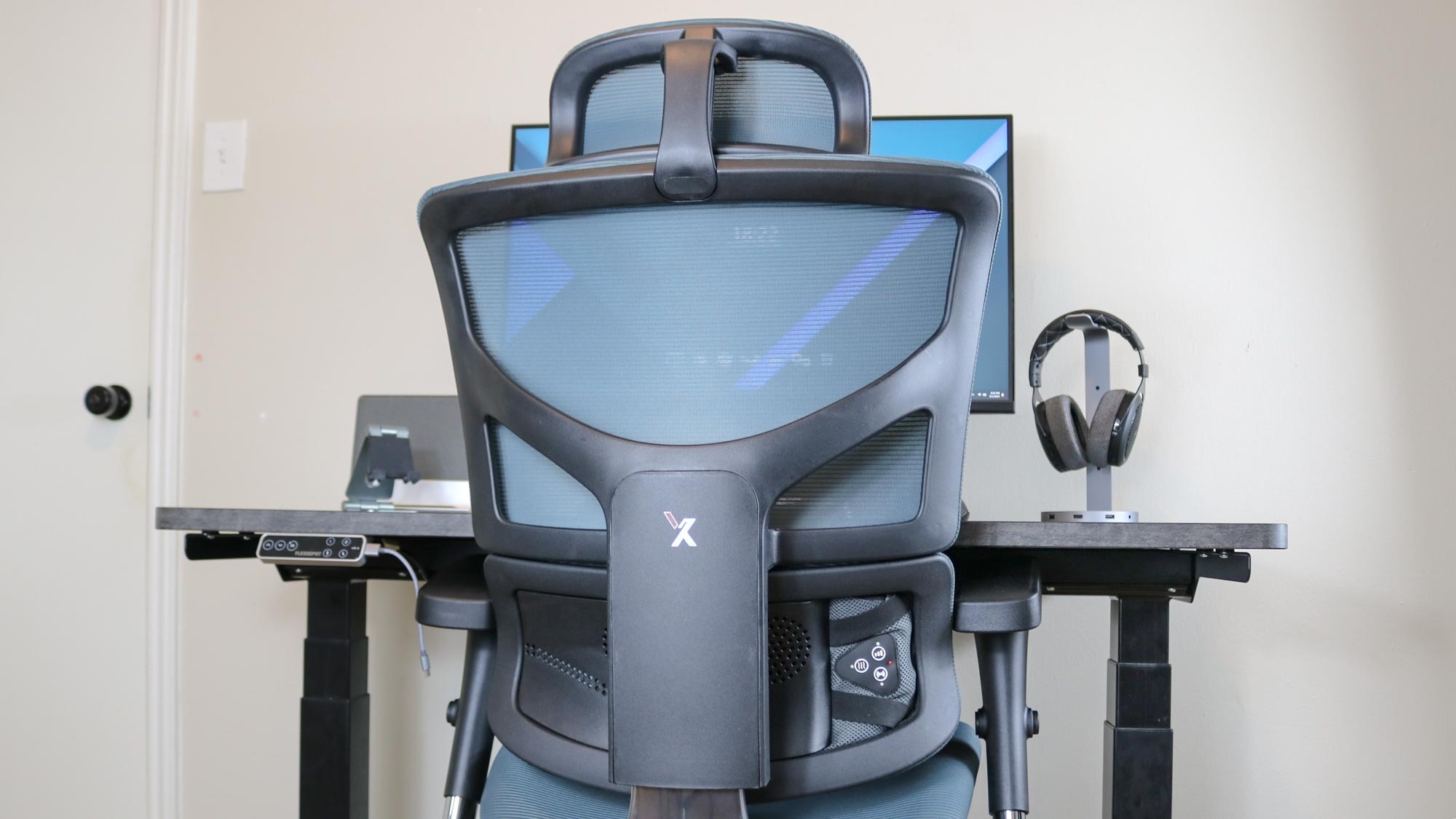
While the best way to test the fit of any chair is to sit in it, that's not always an easy ask when you're shopping online and can't see a chair until it's assembled in your home. As such, it's important to ensure that a chair actually has dedicated (and useful) lumbar support by looking for a few key specs.
First and foremost, look at pictures of a given chair to see if it has a convex curve on the lower half of the backrest. If the backrest is flat or curves away from the seat, it does not have lumbar support.
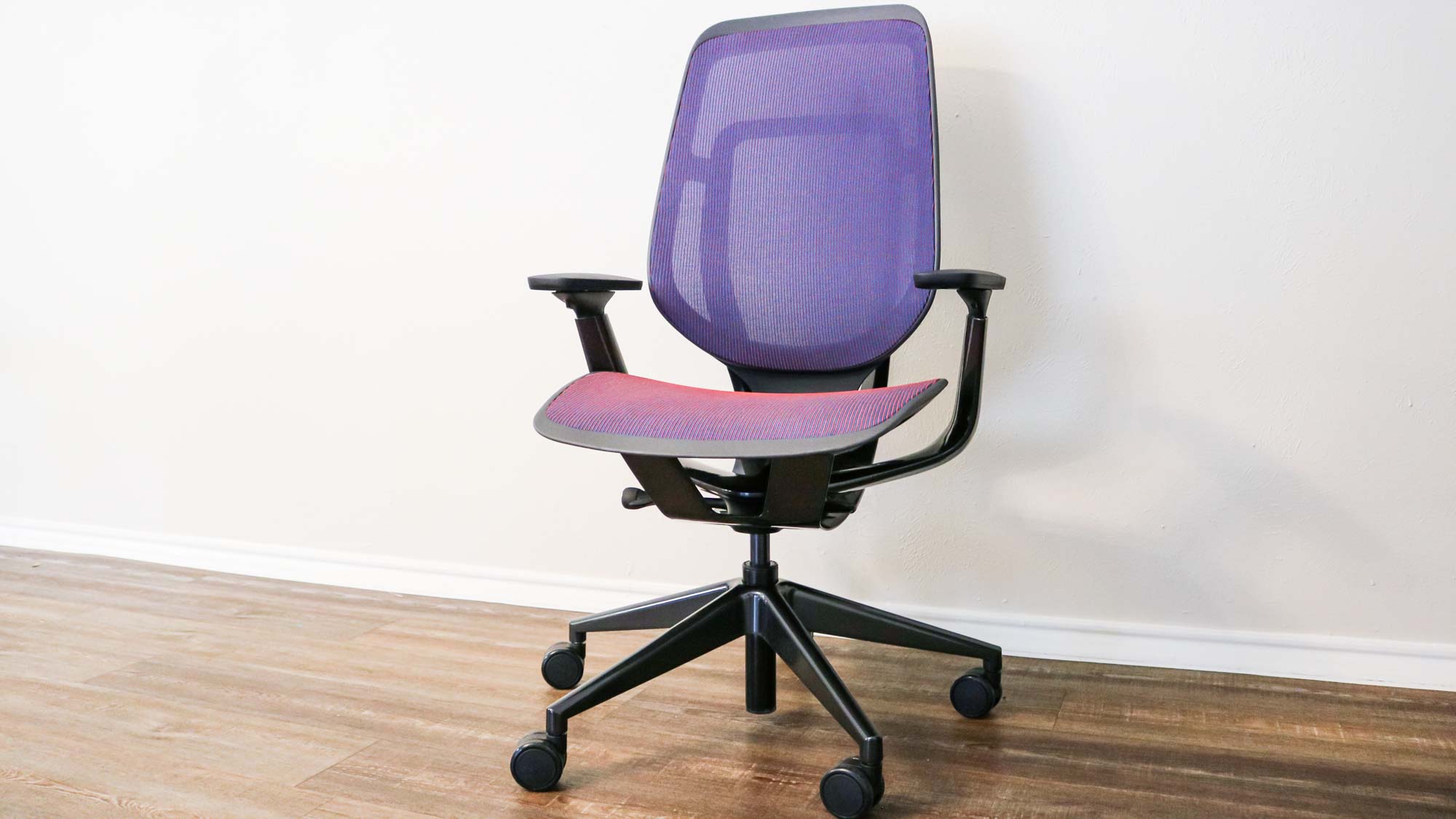
Next, to ensure that a chair's contour is actually supportive, make sure to also look for structural supports that aren't made of fabric. Some chairs, like the Herman Miller Aeron or the Steelcase Karman, don't have that much lumbar support as a standard option, but you can configure them online to add an extra brace behind the backrest to reinforce their thin, breathable fabric and give the lumbar region of your back more support.
Furthermore, for the ultimate fit, look for lumbar support mechanisms that you can adjust by moving them up and down like on the X-Chair X3 or the OdinLake Ergo Butterfly 753. This allows you to set the support right where you need it, regardless of your height.
Other options for boosting lumbar support
If you're not quite ready for a new chair, but you still want relief for your lower back, you can always accessorize your seat with third-party supports. These options are great too if you like to change seats regularly throughout the day.
Comfilife Lumbar Support Pillow: $37 @ Amazon
Unassuming at a glance, this pillow offers a simple solution to an office chair or car seat with subpar lumbar support. Using two elastic straps, this pad straps around almost any seat and holds in place even as you shift around.
If you're really trying to stay on the cheap side, you can always steal some throw pillows from your couch or bed, but there are also plenty of purpose-built lumbar pads that can wrap around the backrest of any chair.
These options aren't as sturdy as a built-in support system, as they can shift around quite a bit, but they're a lot better than nothing.
More from Tom's Guide
- These are the best budget office chairs you can get right now
- What is lumbar support in a mattress?
- I tried an office chair with a built-in massager and it's a game changer

Adam Schram was a staff writer covering home office gear for Tom's Guide, writing about everything from standing desks to comfy chairs to the occasional walking treadmill. Prior to his tenure with the team, he reviewed running gear for Runner's World, cycling gear for Bicycling, and the occasional Lego set for Popular Mechanics. Before he became a journalist, he was a bike mechanic in his home town of State College, Pennsylvania for almost seven years. Now, he's based in Philadelphia. He spends his free time ripping his bike around local trails, perusing the local music scene, and trying in vain to do the Sunday crossword without cheating.
